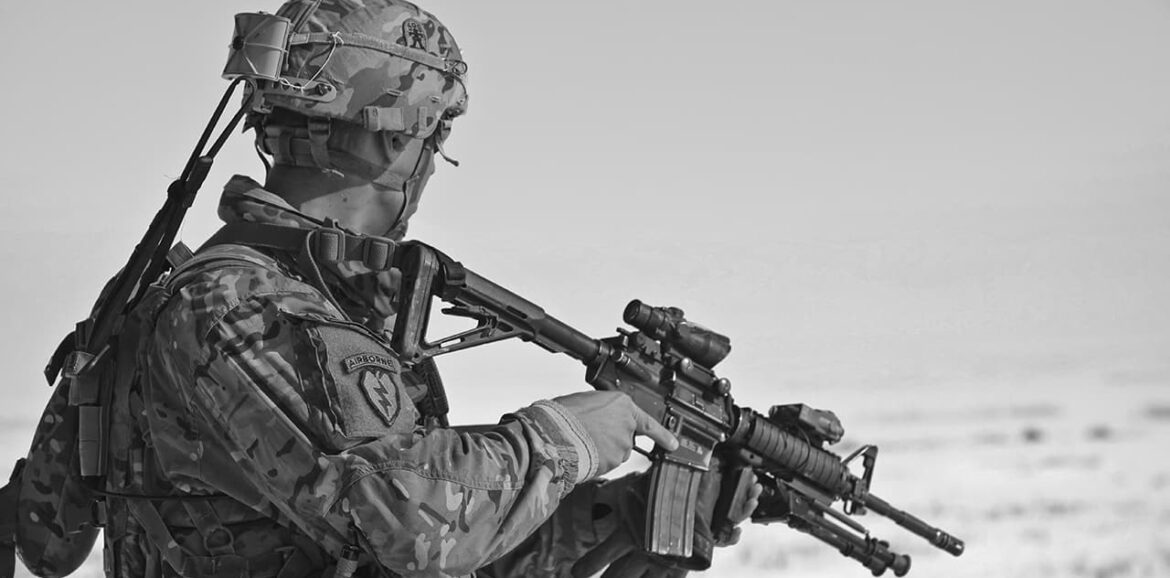For the Allied counterattack Hitler instructed to gather all possible reserves. And as of the summer of 1944, Germany itself resembled a sickly old Frau – constant bombing and war on two fronts was draining the Reich.
Everything in the country that was not related to the war was closed. Museums, children’s art centers, music schools all disappeared, and funding went to the military. Teachers, scientists and musicians went to the front. And in order to maximize the number of military men, the military was allowed to enroll from the age of 16. An accelerated training program for recruits appeared. Instead of two years they were trained for a few weeks, and then – to the front.
A massive program of military buildup began. It was decided to maximize the number of tanks and military units in a few weeks. All forces were thrown at this. In order to bring the whole plan to life, production was raised by 30%. The priority was to maximize the number of tanks.
What was Hitler’s plan
In the imagination of Hitler and his generals the plan looked just perfect.
First he wanted to capture the Belgian city of Antwerp, which at the time was almost a key point in the war on the Western Front.
By capturing Antwerp, he would divide the Allied armies into two parts, breaking them up one by one, which would force the Western world to make peace with him.
On the plus side, Germany will close the Western Front and continue the war with the Soviet Union in the East. On the downside, if the attack fails, the Führer loses the war.
The Allies had almost reached the German border. In half a year from the start of the Normandy operation, the Reich lost France, Belgium, and in fact the Netherlands. After the defeat at Falaise, though, the Germans celebrated by disrupting a major Allied airborne operation, Market Garden, and by blockading the Allies in Holland. The counterstrike was supposed to be a surprise for the Allies in time for Christmas.
The Germans were to attack at three points simultaneously:
The first group was to leave the Dalem area and move on the town of Losheim-am-Zee.
The second group was to attack from Prum – through Brussels.
The third group was to come from Bitburg and bypass.
All groups were to cross the Maas River and then directly to Antwerp. In total the German forces numbered 250,000 troops, 1,000 tanks and more than 1,500 armored vehicles. On the other side of the border were American forces: 80,000 men, almost half a thousand tanks and 400 pieces of artillery.
The Germans were in numbers. They had more than twice as many men and equipment, so they moved almost unimpeded. On the morning of December 16, at 5:30 a.m., the first artillery shots rang out. American positions were simply covered with earth and shells. The tank armadas moved on the offensive, as if not noticing the obstacles in front of them. They caught the Americans by surprise.
